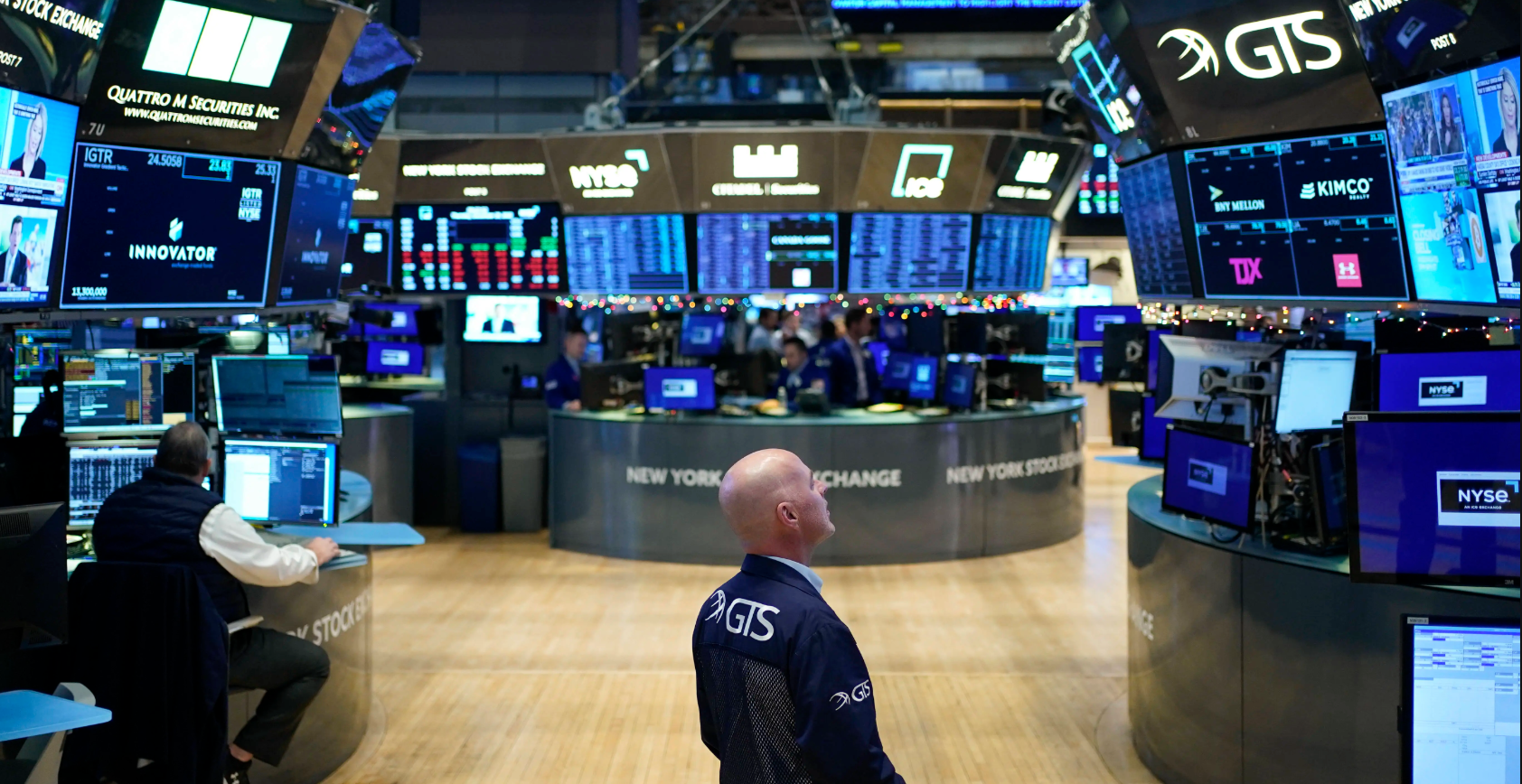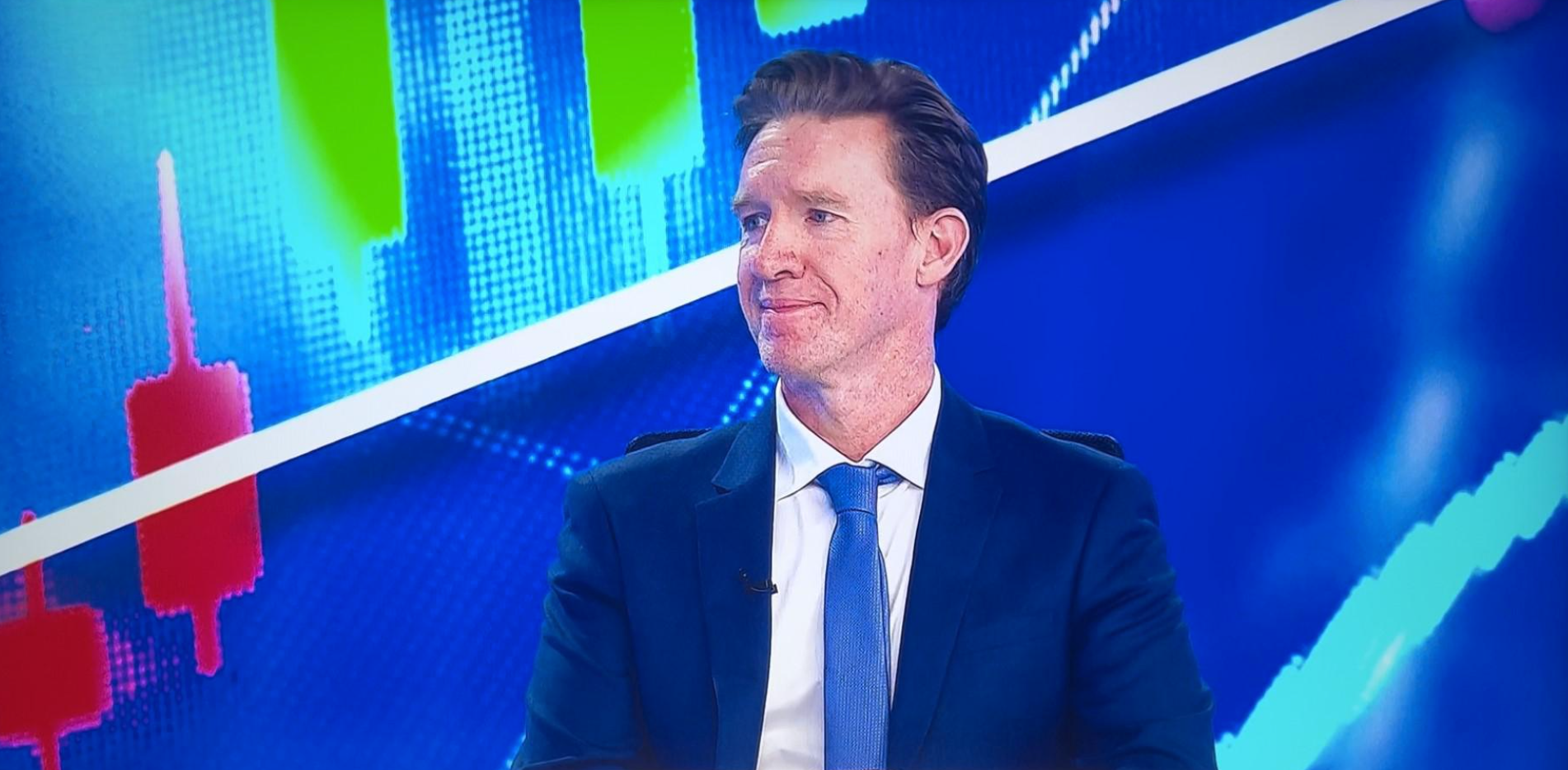
A few days ago, Michael Hartnett, a well-known analyst at Bank of America, warned that the risk of a bubble in the US stock market is rising.
The Bank of America strategy team led by Michael Hartnett said that the global policy rate has fallen to 4.4% from 4.8% last year as central banks in the United States, the United Kingdom and Europe have significantly reduced borrowing costs. He said he expects the rate to fall further to 3.9% over the next 12 months.

Meanwhile, U.S. policymakers are considering regulatory reforms to increase the share of U.S. retail investors. "The larger the retail investor, the greater the liquidity, the greater the volatility, and the larger the bubble." Hartnett wrote in a report.
Why can U.S. stocks still hit new highs?
Recently, the U.S. stock market has a bit of a "ice and fire" feeling: on the one hand, the market sentiment is optimistic, and the index has repeatedly hit new highs; On the other hand, trade risks and policy uncertainty remain.
What should I think? Let's break it down.
Despite higher tariff pressures, the U.S. stock market remained strong and even rebounded to record highs.
Why is that?
Market experts such as Morgan Stanley's Michael Wilson believe that several key factors underpin this optimism: good earnings momentum: strong corporate profit growth; Improvement of operating leverage: improvement of the company's operational efficiency; Cash Tax Savings: Tax incentives further enhance the profitability of businesses.
However, not everyone is so optimistic. Strategists at JPMorgan Chase and UBS have warned that the market may be too complacent about lingering trade risks. S&P 500 futures were little changed on July 25, indicating that investors are cautious and reluctant to bet big ahead of the Fed's policy meeting next week.
Trade frictions and tariffs remain the "sword of Damocles" hanging over the market, and any new developments could trigger market volatility. In a word, the market sentiment is optimistic, but the potential risks cannot be ignored.
Next, the focus of the market is on the Fed's policy trends. Pause rate hikes or continue easing?
According to current expectations, the Fed is likely to keep its benchmark interest rate unchanged this month, which will be the fifth consecutive time it has pressed the "pause button"; However, there are still divisions within policymakers, and discussions about short-term policy paths continue; The HSBC report pointed out that Federal Reserve Chairman Powell may face sharp questions about the independence of the central bank's policy at the press conference.
There is also a context worth paying attention to: the relationship between the White House and the Fed has become delicate.
On July 24, US President Trump and Federal Reserve Chairman Powell argued over the cost of renovating the central bank's headquarters, which was the second time this month that the White House publicly questioned the Fed's decision-making independence; Analysts warn that the administration's continued pressure on monetary policymakers could undermine the credibility of the dollar as the global reserve currency. Political interference can shake market confidence in the Fed, which in turn affects the dollar and global economic stability.
|Market "sell signal" appears?
Global fund managers are pouring into risk assets at a record rate, pushing market sentiment to multi-month highs. However, Hartnett recently warned that this survey, which he calls a "famous contrarian indicator", may be triggering a clear sell signal.
In the past three months, investors' risk appetite has grown at the fastest rate since 2001; In July, the allocation to U.S. stocks recorded the largest increase since December last year; Technology stocks are even more "sweet", with allocation growth reaching the highest level since 2009; The proportion of cash in the hands of fund managers has fallen to 3.9%, falling below the "sell signal line" of 4%.
Why is the Bank of America survey called a "famous contrarian indicator"?
Here is a very famous survey - the BAML Fund Manager Survey. It is nicknamed the "famous contrarian" because it has sent accurate signals at several key market inflection points in the past 12 months: for example, when the market bottomed out in August 2024, the survey showed extreme pessimism; When the market topped in February 2025, it was extremely optimistic again.
This shows that when fund managers are collectively optimistic, the market may peak; When they are extremely pessimistic, the market may bottom out.
In this survey, there were several typical "bubble signals": the cash level fell below 4%, indicating that everyone was operating at full capacity; "soft landing" or "no recession" expectations exceed 90%, and almost no one is worried about a recession; The net overweight of stock allocation exceeds 20%, indicating that the market has "bet" on the stock market to continue to rise. These signals superimposed on each other to make Bank of America chief strategist Hartnett unable to sit still, saying: "Greed is always harder to reverse than fear." In other words, the sentiment of the market is now close to "overheated".
What does Hartnett think? Will it plummet? What should investors do?
Although Hartnett warned of risks, he also added: It has not yet reached the level of "extreme madness", so the probability of a large-scale sell-off in the short term is not high; The volatility of the bond market is still controllable, and there is no signal of systemic risk; But the market may see a pullback in the summer, especially in over-sought sectors. It is not an immediate "crash", but the risk of short-term adjustment increases.
Technology stocks are "sweet", but the dollar has become a "cold bench"
Goldman Sachs recently conducted a QuickPoll for institutional clients, and the results are interesting. The survey showed:
Investors' confidence in U.S. stocks, especially the "Big Seven" technology stocks, has risen rapidly;
Bullish sentiment has returned to the peak level of "American exceptionalism" in January 2025;
But the difference is that funds are more dispersed than before, not only focusing on the US market;
U.S. dollar assets continue to be reduced, while developed markets such as Europe are seeing inflows.
Everyone is optimistic about U.S. technology stocks, but the dollar is becoming less and less trusted.
However, Goldman Sachs also reminded a key point: the more consistent the market consensus, the easier it is to trigger a reversal. In this survey, investors' bullish sentiment on risk assets, S&P 500, and gold is much higher than the historical average; Expectations for the dollar and oil are significantly lower.
Ostellund, head of content strategy at Goldman Sachs' Marquee platform, said bluntly: "Extremely one-sided consensus makes the market vulnerable. Any small fluctuation in data can trigger a quick adjustment. "The market is too consistent, which is often a "red flag".
How to deal with it? Goldman Sachs suggests: Don't blindly follow the trend, look for "low-cost hedging"
In the face of this "herd effect", Goldman Sachs trader Brian Garrett suggested: do not blindly bet on mainstream expectations; You can look for low-cost hedging tools to prevent market reversal risks in advance; For example, you can bet on the S&P 500 index and the euro falling at the same time, so that you can hedge against the two mainstream expectations of "US tech stock bubble" and "weakening dollar" at the same time.
Don't just be bullish, but also prevent falls. Smart investors always have to leave a "back road" for themselves.





